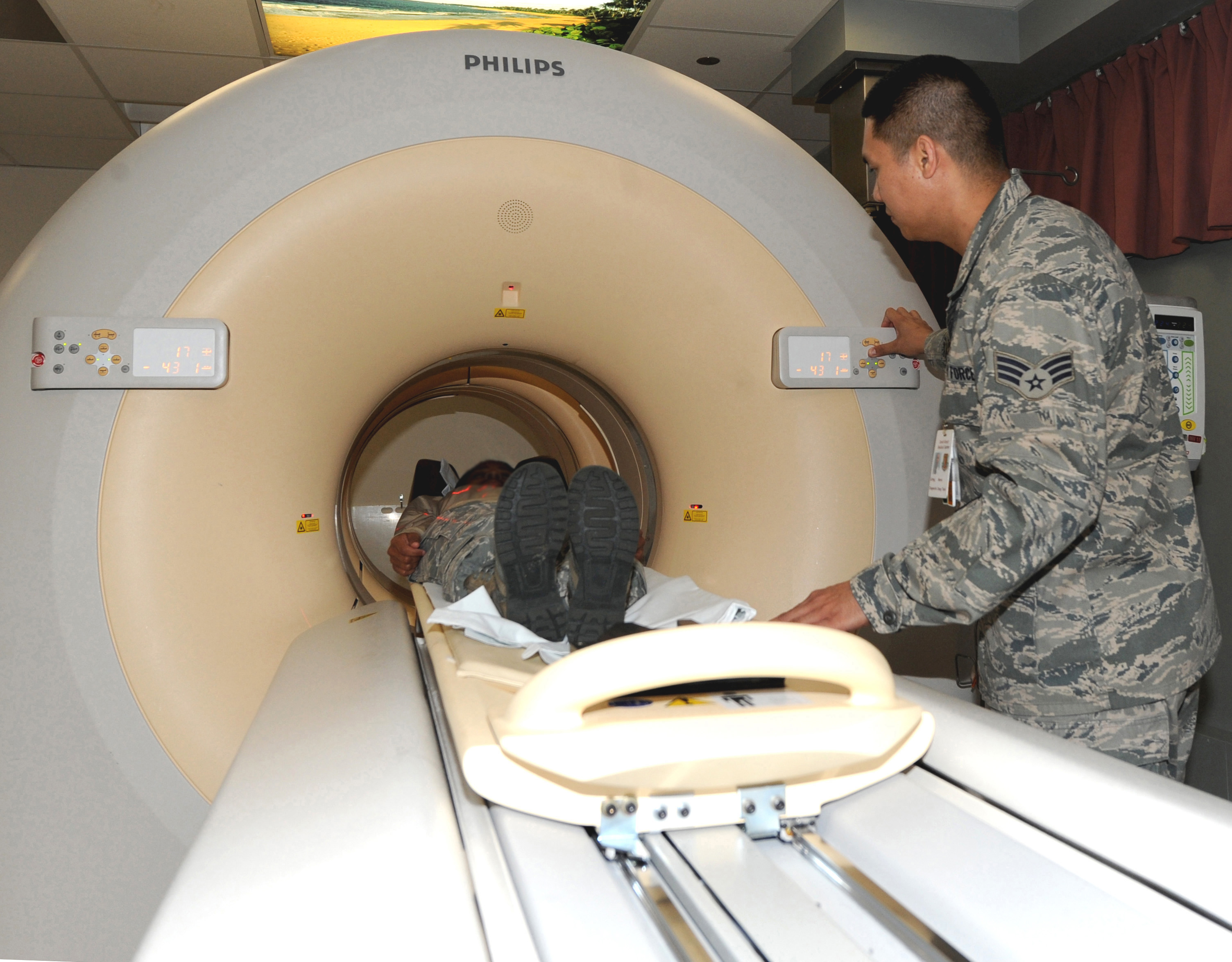A CAT scan of the head (likewise called a head CT) is a pain-free test that uses an unique X-ray device to take images of a client's brain, skull, and sinuses, in addition to capillary in the head. The doughnut-shaped device circles the head, taking pictures to offer cross-sections of the brain from different angles. These photos are sent out to a computer that records the images. It also can put them together to form three-dimensional images. A radiology technician carries out the CAT scan (likewise called a CT scan or a computed axial tomography scan).
A CT brain is bought to look at the structures of the brain and examine for the existence of pathology, such as mass/tumor, fluid collection (such as an abscess), ischemic processes (such as a stroke). It is particularly helpful for hemorrhage, trauma or fracture to the skull and for hydrocephalus.
The CT head scan is a computer-generated series of images from numerous X-rays taken at various levels. Great X-ray beams passed through the topic are taken in to various degrees by different tissues and the transmitted radiation is determined by a scanning gadget. The degree of absorption of X-rays is proportional to the density of the tissue through which it passes. Hounsfield units (HU) are used to measure just how much of the X-ray beam is soaked up by the tissues at each point in the body. The denser the tissue, the more the X-ray beam is attenuated and the greater the number. Systems are developed on a relative scale with water as the recommendation point. Water is constantly 0HU, bone is approximately 1000HU and air is-- 1000HU.
The CAT https://www.washingtonpost.com/newssearch/?query=MRI Scans Of The Head scan (also called CT scan) is widely known by name, but do you actually understand what it is and comprehend how it works? A CT scan is normally one of the first tests performed in a stroke evaluation, especially during an intense stroke in the emergency clinic. This test can show areas of problems in the brain and can assist to figure out if these areas are caused by inadequate blood circulation (ischemic stroke), a burst blood vessel (hemorrhage), or a various type of an issue. CT scans can be acquired on any part of the body, but the details here applies only to CT scans of the head. A CT scan usages X-rays to take pictures of your skull and brain. The patient lies in a tunnel-like maker while the within the machine turns and takes X-rays of the head from various angles. These pictures are later used by computers to make a picture of a "slice" (or cross-section) of the brain.
Computed tomography (CT) of the head or Computed Axial Tomography (CAT) scanning uses a series of x-rays of the head drawn from various instructions. Normally utilized for rapidly viewing brain injuries, CT scanning uses a computer program that carries out a numerical integral computation (the inverse Radon transform) on the determined x-ray series to approximate how much Check out here of an x-ray beam is absorbed in a little volume of the brain. Normally the details is presented as a series of cross-sections of the brain.
UBid Imaging and Diagnostics, LLC
Business Office
Tollfree 855-286-7400
2135 City Gate Lane,
Suite 300
Naperville, IL 60563



